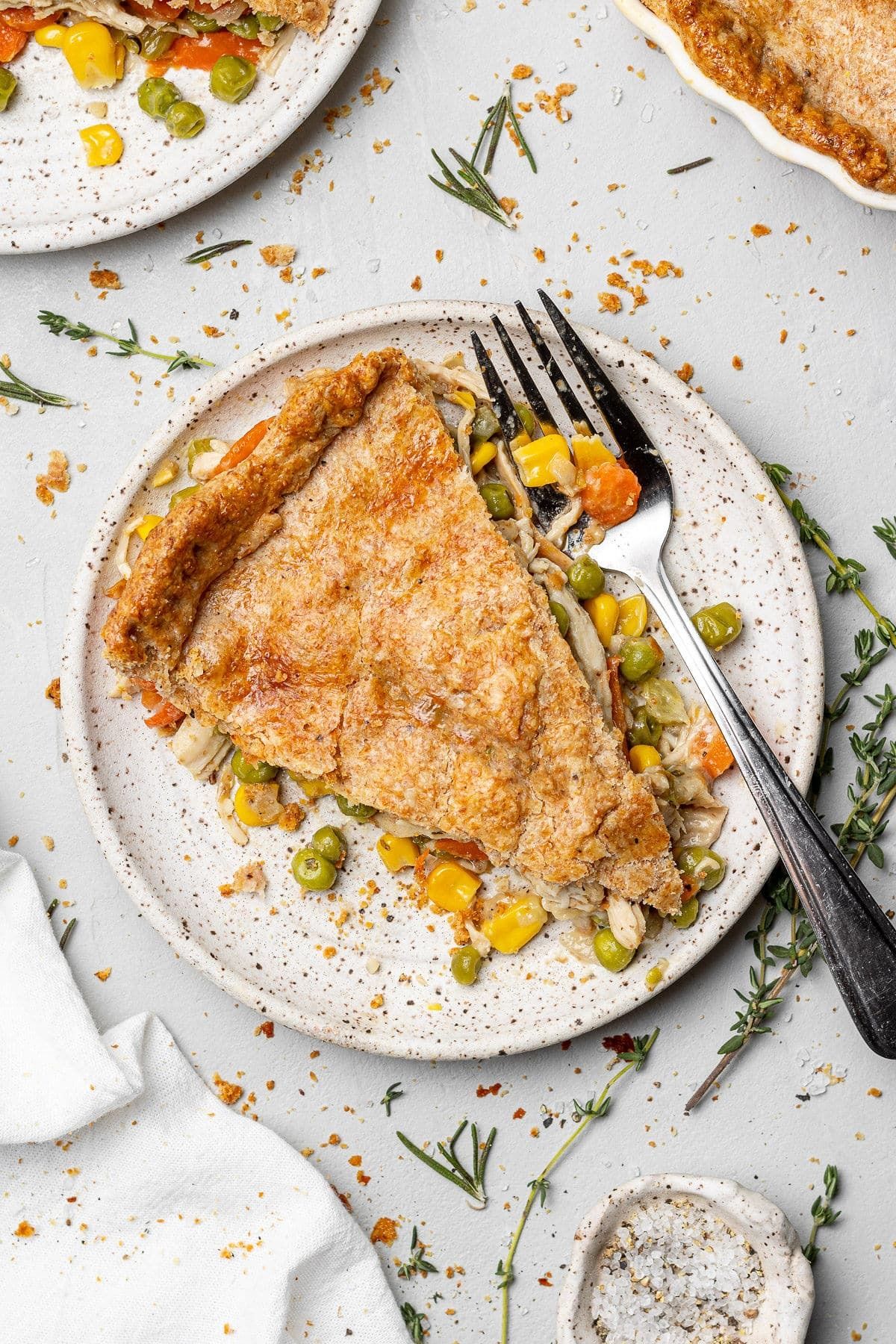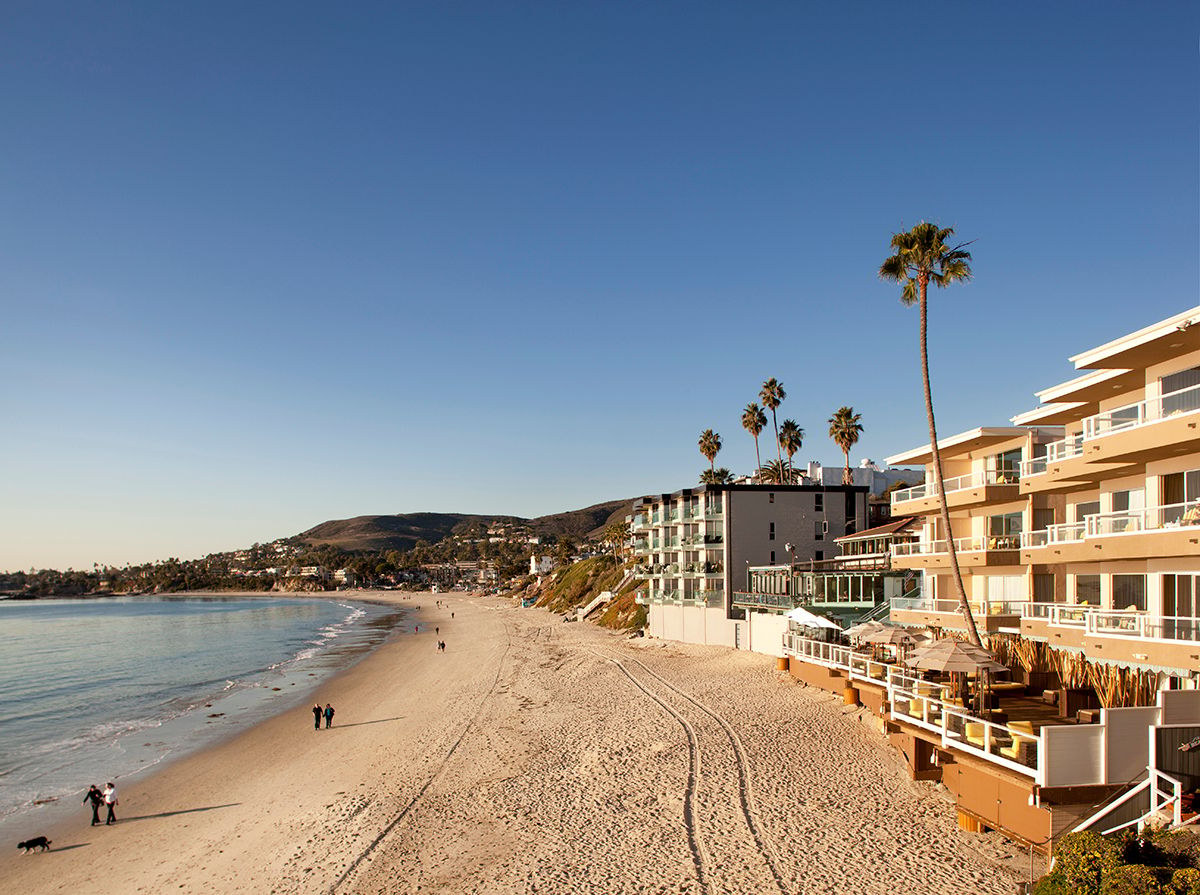- The Daily Tonic
- Posts
- Shorter days, less vitamin D.
Shorter days, less vitamin D.
Plus: Recipes to help boost your vitamin D levels!
“Do not wait for leaders; do it alone, person to person.” – Mother Teresa
Monday. Get ready for green bubble text messages if you regularly communicate with anyone in France. The country known for its wine, cheese, and romance has decided to ban the sales of the iPhone 12 because of *checks notes* radiation levels. Scientific research on cellphone radiation and health remains inconclusive, but maybe the French are onto something. Moving on to something less alarming, it’s the middle of September, and cool, Fall weather is so close I can feel it! However, Fall weather also means shorter days and less sunlight, which could mean less vitamin D from the sun. Should you be concerned? Let’s dive in.
Together with Inside Hotels
Hotels We Love: Pacific Edge Hotel
A beachfront stay is always a good idea. At Pacific Edge Hotel, it’s a great one.
With an array of options to choose from, you’ll be delighted with your accommodations, whether you want to be directly on the ocean or watching it from your balcony. Dining options include The Deck, a SoCal-oriented restaurant serving up seafood towers and beach burgers, and Driftwood Kitchen, a seasonally-focused fine-dining restaurant featuring dishes like lobster carbonara and sea bass misoyaki. Whether you’re a California native or just visiting, you’ll dig the laid-back vibes at Pacific Edge.

Sunny Days Are Behind Us
Vitamin D, often called the “sunshine vitamin,” is an essential vitamin our body needs. But why is it so important? When sunlight hits our skin, it prompts the conversion of 7-dehydrocholesterol to vitamin D3. From there, D3 gets converted in the liver and kidneys to active vitamin D, which helps us maintain good bone health by promoting calcium absorption. And that’s not the only benefit of having optimal vitamin D levels.
Vitamin D influences many of our body’s functions, from maintaining a healthy heart and muscles to regulating blood sugar and helping to maintain a robust immune system. Vitamin D does a little bit of everything, and being deficient can lead to all sorts of unwanted symptoms and complications.
Despite all that, many of us don’t get enough Vitamin D, either from our diet or the sun. Factors like how much time we spend outdoors, our age, where we live, and the melanin in our skin can affect how much vitamin D we produce. For instance, during winter months in the Northeast, the angle of the sun’s rays makes it harder to produce enough vitamin D. Maybe this is why east coasters can be so grumpy. Or maybe that’s totally unrelated.
However, there’s good news for those who may not get enough sunlight. It is possible to get our vitamin D from certain foods and supplements. Trout, salmon, sardines, and eggs are all great natural sources of this essential vitamin. And if natural sources are limited, fortified foods can also boost Vitamin D levels. Just make sure the “fortified” foods you are getting aren’t high in sugars or refined carbohydrates. Sugary cereal “fortified” with vitamin D is still just sugary cereal.
But how do you know if you’re getting enough? The National Institutes of Health suggests that adults under 70 need 600 IU daily, while those over 70 require 800 IU. However, some experts think these figures could be higher for optimal health. As with most of these recommendations, they tend to be the bare minimum instead of how much you need to truly feel your best.
Ultimately, the best way to monitor your intake is through testing. A test that measures 25-hydroxy vitamin D is widely available, though you might need to ask your doctor for it. If results show you’re deficient or insufficient, you might need more vitamin D, which can manifest in symptoms like weakened bones, weakened immune system, or muscle weakness.
It is also important to remember that while many people worldwide aren’t getting enough vitamin D, certain groups are at a higher risk. These include those with limited sun exposure, older adults, people with digestive disorders like celiac disease, and those with dark skin or obesity.
So, what if you’re not getting enough from food or the sun? Supplements can also be a helpful solution. Remember that vitamin D3 is more effective than D2 when choosing a vitamin D supplement. It’s also the kind found in cod liver oil. When taken properly and not in excess, vitamin D supplements can raise your levels effectively. But remember, always consult with a medical professional before starting on supplements. I am just a newsletter writer who spends way too much time going down health and nutrition rabbit holes. My early morning musings are the furthest thing from medical advice.
The key takeaway? Vitamin D plays a pivotal role in our health. From our bones to our immune system to our heart, getting enough Vitamin D influences everything. So, whether you’re soaking in the sun or eating a plate of salmon, remember the importance of this sunshine vitamin and ensure you’re getting your daily dose, especially as we head into shorter days, less sunlight, and cooler temperatures.
Tonic Shots
1. Bringing This One Back!
We have posted this one before, but we have to post it again. This smoked salmon omelette has two of the best dietary sources of Vitamin D — salmon and eggs. Get your dose! Enjoy.
2. Yum! Chicken Pot Pie!

Okay, so this isn’t necessarily high in Vitamin D, but when I think Fall, I think of chicken pot pie. Enjoy!
3. So Simple, It Doesn’t Need A Recipe

I mean you probably don’t need a recipe for this, but it is a good reminder of an easy, delicious snack you can have when you are short on time! Can’t beat it!
Keep Reading
Love The Daily Tonic? Here’s another newsletter you may love too:
|
How was today's newsletter? |



